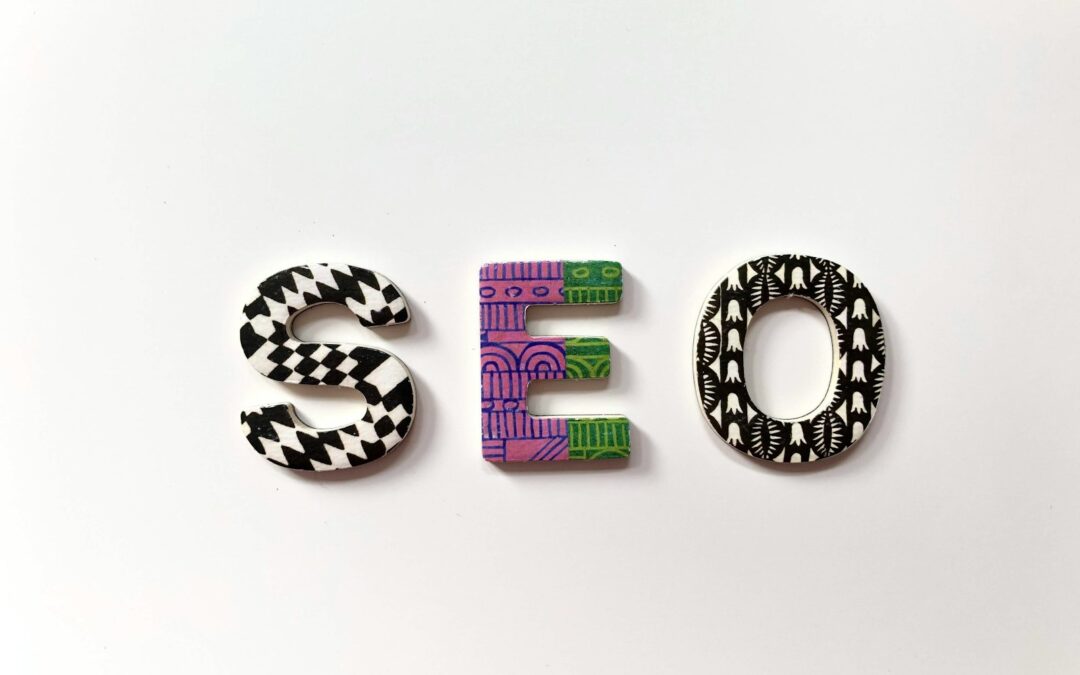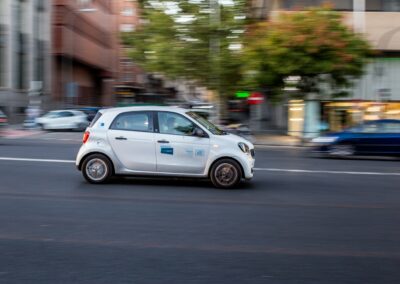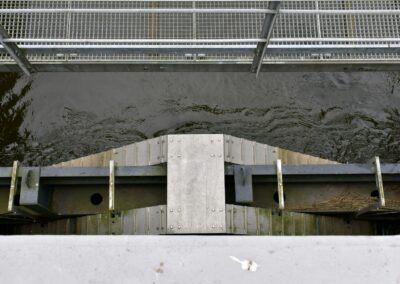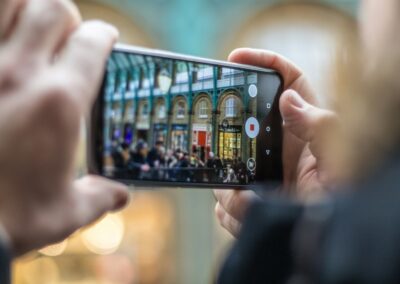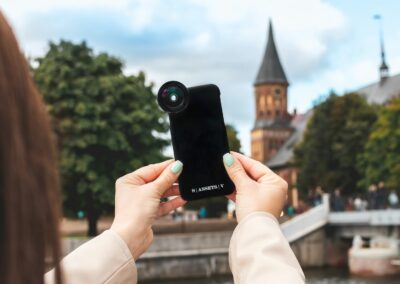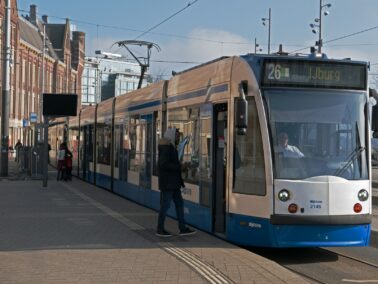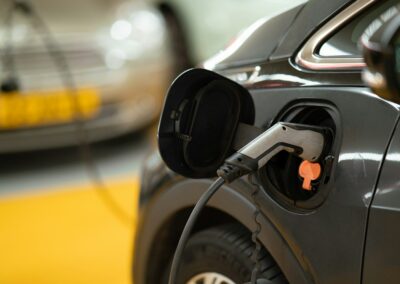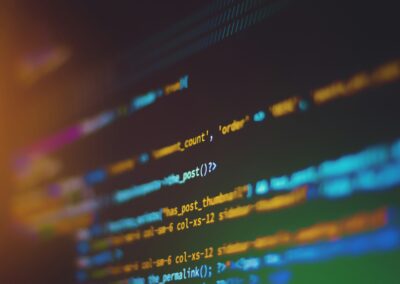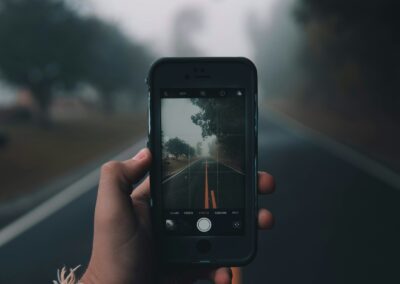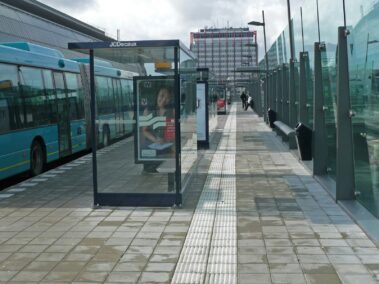Revolutionizing Urban Management with Real-Time Data
Introduction to Digital Twins and IoT Integration
The integration of digital twins with IoT sensors is transforming urban management in smart cities, offering a new dimension of real-time data monitoring. Digital twins are virtual replicas of physical assets, systems, or processes, while IoT (Internet of Things) sensors collect data from these physical entities. When combined, they enable cities to monitor and manage various environmental factors such as air quality and noise levels with unprecedented precision.
In cities across Saudi Arabia and the UAE, where smart city initiatives are accelerating, this technology is becoming increasingly vital. For example, in Dubai, the integration of digital twins with IoT sensors allows city planners to track and analyze air pollution levels in real time. This capability not only helps in addressing immediate environmental concerns but also assists in long-term urban planning and policy-making. The data collected can be used to devise strategies to improve air quality and reduce noise pollution, contributing to a healthier and more livable urban environment.
The benefits of integrating digital twins with IoT sensors extend beyond environmental monitoring. It also facilitates better resource management, optimized energy use, and enhanced public safety. By providing a comprehensive view of the urban environment, this technology enables city officials to make informed decisions that improve the quality of life for residents.
Applications in Smart Cities: Environmental Monitoring and Beyond
One of the primary applications of digital twins and IoT integration in smart cities is environmental monitoring. Real-time data on air quality, noise levels, and other environmental factors is crucial for managing urban health and safety. For instance, IoT sensors placed throughout a city can measure air pollutants like particulate matter and nitrogen dioxide. This data, when fed into a digital twin model, provides a dynamic and accurate representation of air quality across different areas.
In Riyadh, where rapid urbanization poses challenges for environmental management, digital twins integrated with IoT sensors are being used to address these issues. The real-time data helps in identifying pollution hotspots and understanding the sources of contaminants. This information is invaluable for implementing targeted interventions, such as adjusting traffic patterns or regulating industrial emissions, to mitigate pollution and enhance air quality.
Moreover, noise level monitoring is another critical application. In bustling urban environments like Dubai, noise pollution can significantly impact residents’ quality of life. By integrating digital twins with IoT sensors, city officials can monitor noise levels across different zones and take corrective actions to reduce noise pollution. This proactive approach ensures a quieter and more pleasant urban experience for residents.
Challenges and Considerations for Effective Implementation
While the integration of digital twins with IoT sensors offers numerous benefits, there are challenges that must be addressed to ensure effective implementation. One major challenge is ensuring the accuracy and reliability of the data collected by IoT sensors. Sensor malfunctions or inaccuracies can lead to erroneous data, which may affect decision-making and undermine the effectiveness of urban management strategies.
To overcome this challenge, it is essential to invest in high-quality sensors and establish robust data validation processes. Regular maintenance and calibration of sensors are necessary to ensure that the data remains accurate and reliable. Additionally, integrating advanced data analytics tools can help in identifying and correcting discrepancies in real-time, enhancing the overall effectiveness of the monitoring system.
Another consideration is data security and privacy. The vast amount of data collected through digital twins and IoT sensors must be protected against unauthorized access and cyber threats. Implementing stringent cybersecurity measures, such as encryption and secure data storage, is crucial to safeguard sensitive information and maintain public trust.
Finally, effective data integration and management are key to leveraging the full potential of digital twins and IoT sensors. Ensuring seamless data flow between sensors and digital twin models requires advanced integration techniques and sophisticated data management systems. Collaborating with technology experts and investing in cutting-edge solutions can help in addressing these integration challenges and maximizing the benefits of the technology.
Future Prospects and Innovations in Smart Cities
The Evolution of Digital Twins and IoT Technologies
The future of digital twins and IoT integration in smart cities is promising, with several emerging trends and innovations on the horizon. The continuous advancement of IoT technology and digital twin capabilities will further enhance urban management and environmental monitoring. For example, the integration of AI and machine learning with digital twins can provide deeper insights and predictive analytics, allowing cities to anticipate and address potential issues before they arise.
In Saudi Arabia and the UAE, where smart city initiatives are rapidly evolving, there are opportunities to leverage these technologies for more comprehensive urban planning and management. The development of advanced IoT sensors with improved accuracy and extended capabilities will enable cities to monitor a wider range of environmental factors and optimize resource management even further.
Additionally, the adoption of blockchain technology in conjunction with digital twins and IoT sensors can enhance data security and transparency. Blockchain can provide a decentralized and immutable record of environmental data, ensuring its integrity and reliability. This innovation will contribute to more trustworthy and efficient urban management practices.
Conclusion: Embracing Innovation for a Sustainable Urban Future
In conclusion, the integration of digital twins with IoT sensors is revolutionizing the way smart cities manage and monitor their environments. By providing real-time data on air quality, noise levels, and other environmental factors, this technology enables cities to make informed decisions and implement effective strategies for improving urban living conditions.
While there are challenges to address, such as data accuracy, security, and integration, the benefits of digital twins and IoT integration are substantial. As technology continues to advance, the potential for these innovations to transform urban management and enhance the quality of life for residents will only grow. Embracing these advancements is essential for building sustainable and efficient smart cities in Saudi Arabia, the UAE, and beyond.
—
#DigitalTwins #IoTIntegration #SmartCities #RealTimeData #EnvironmentalMonitoring #AirQuality #NoiseLevelMonitoring #SaudiArabiaTechnology #UAEDigitalTransformation #RiyadhUrbanInnovation #DubaiSmartInfrastructure

